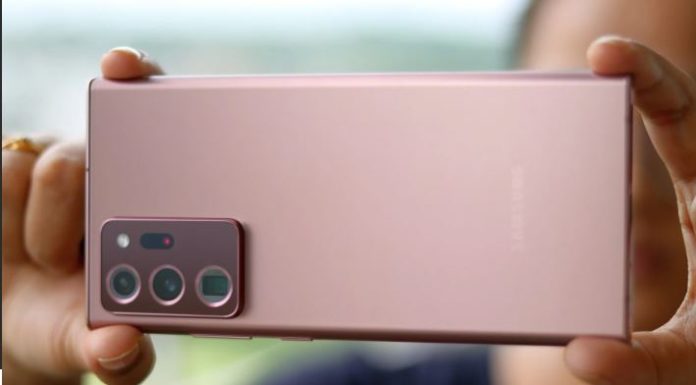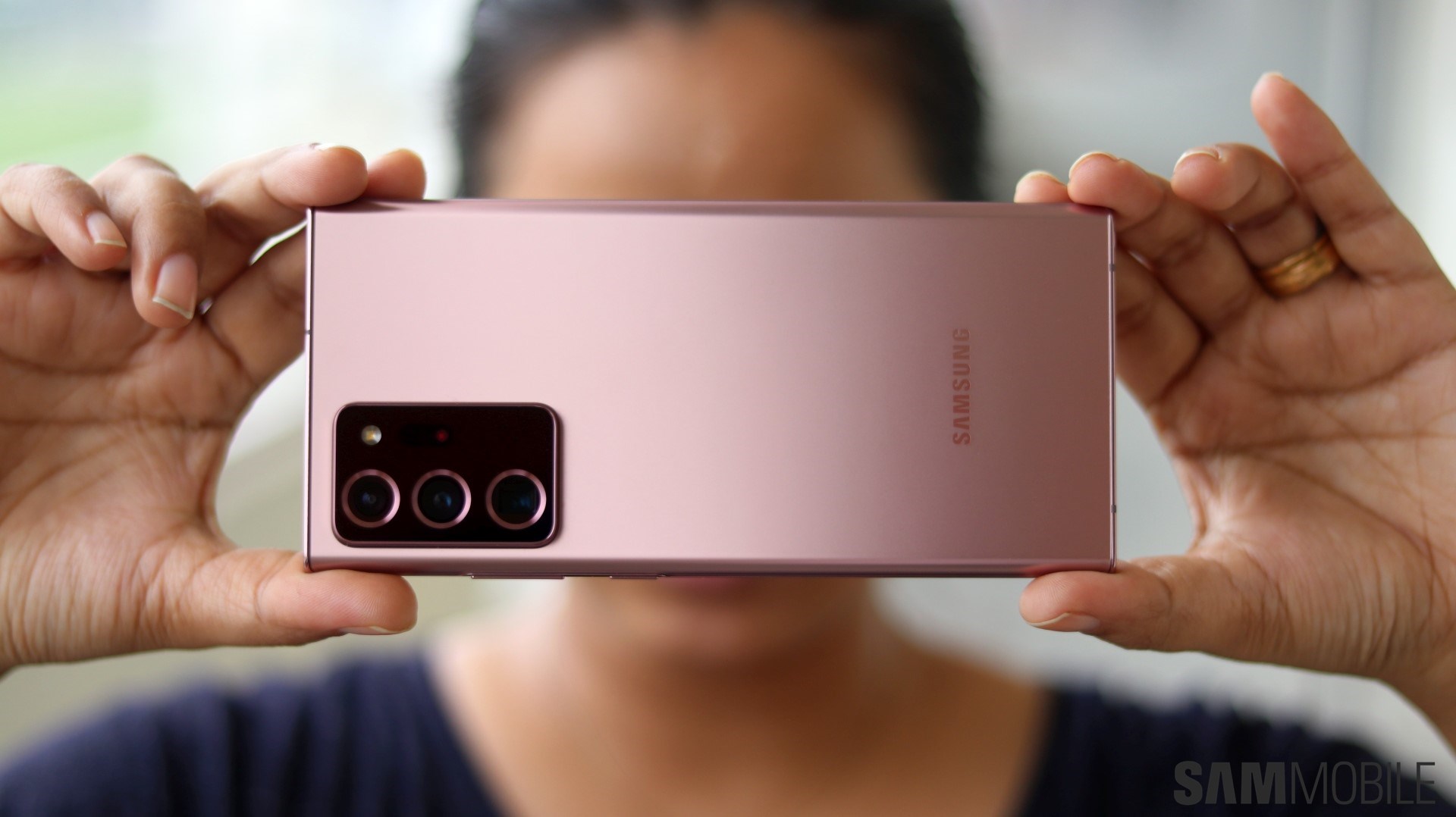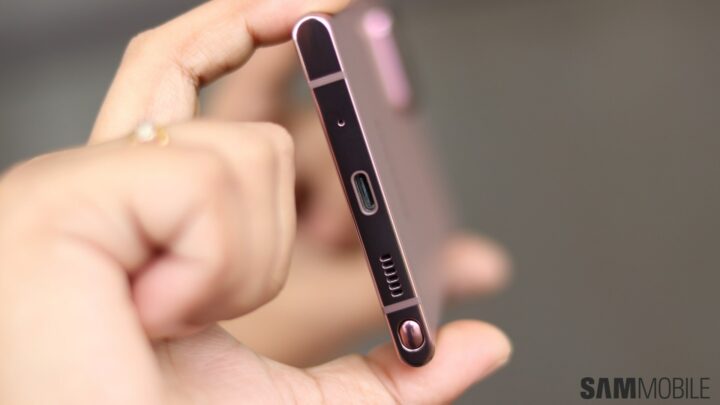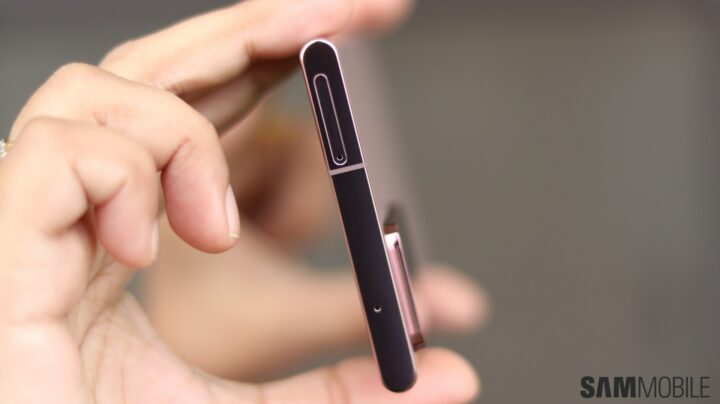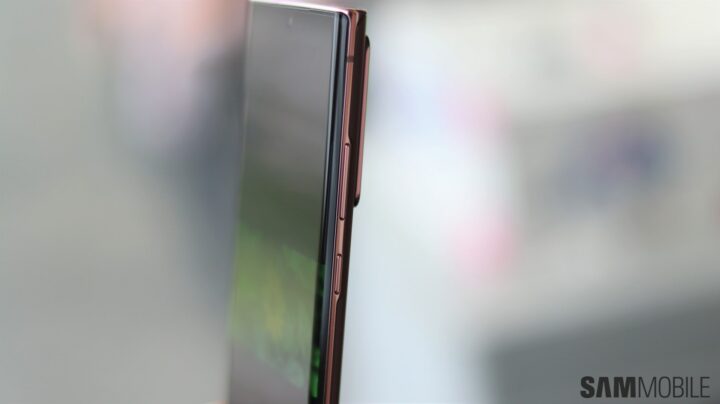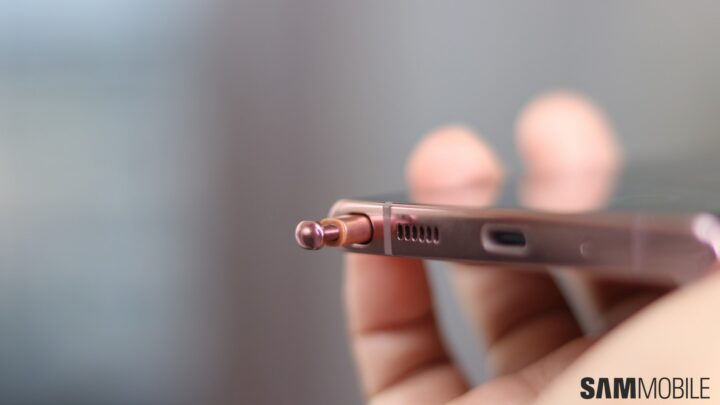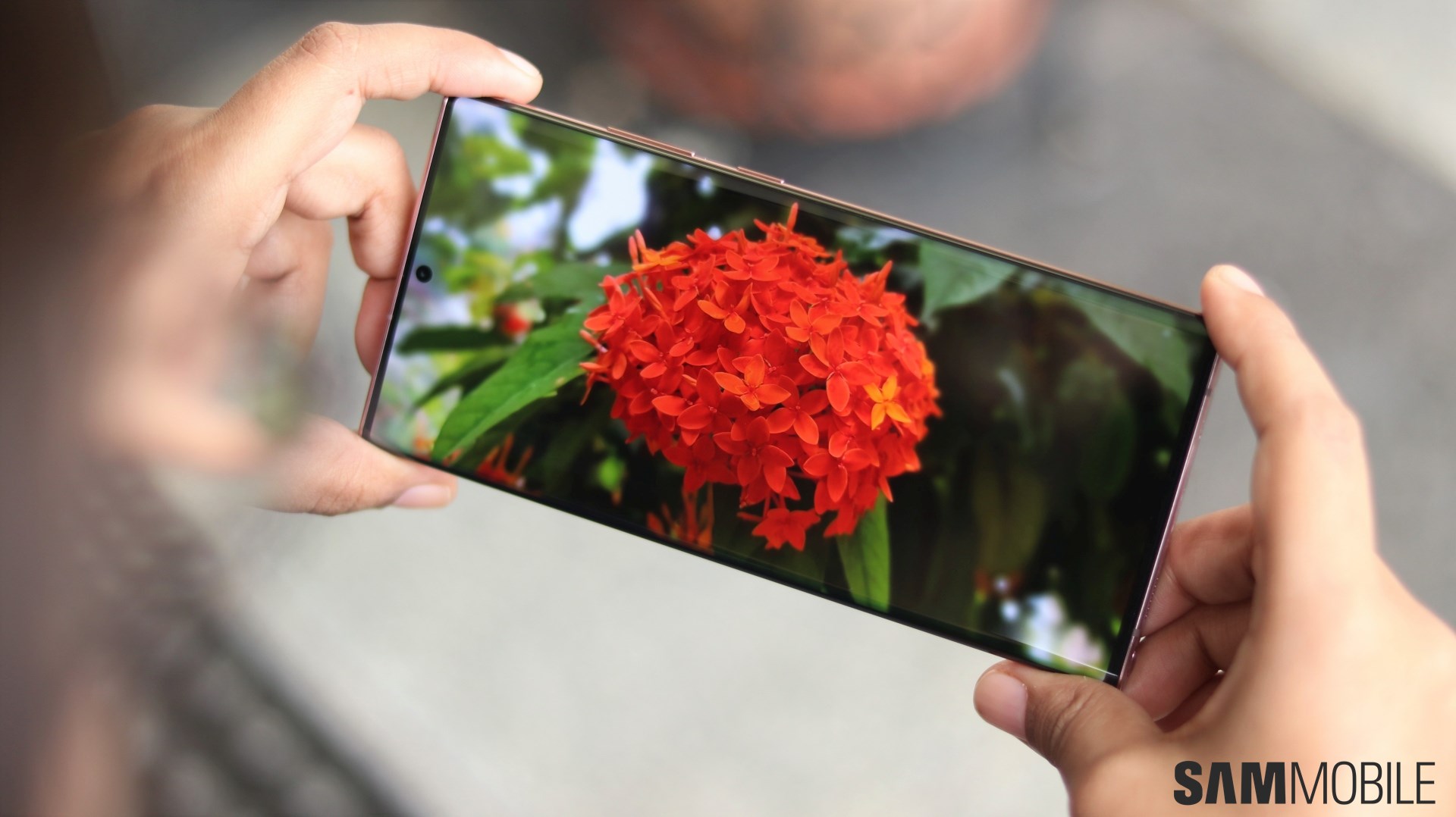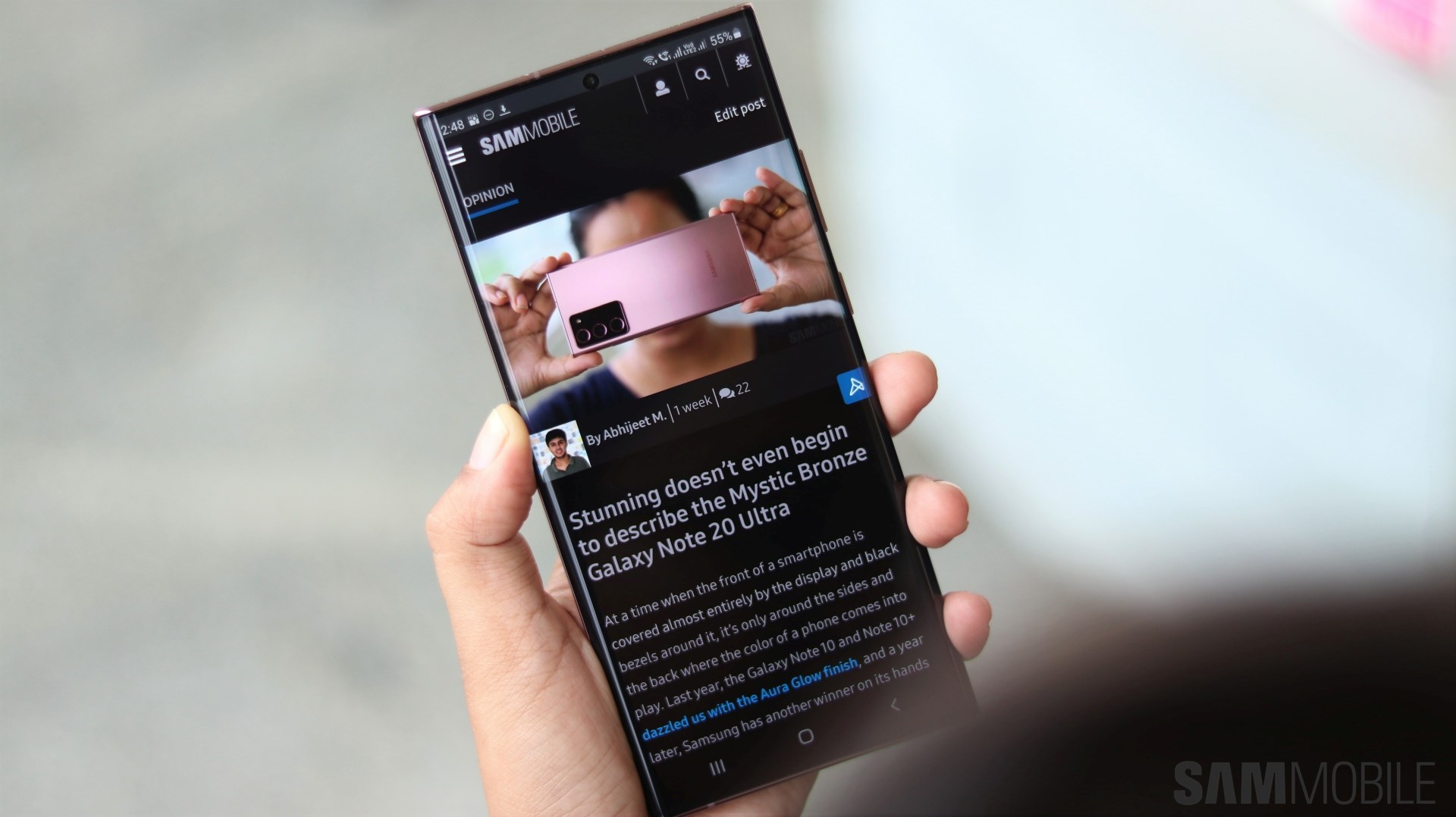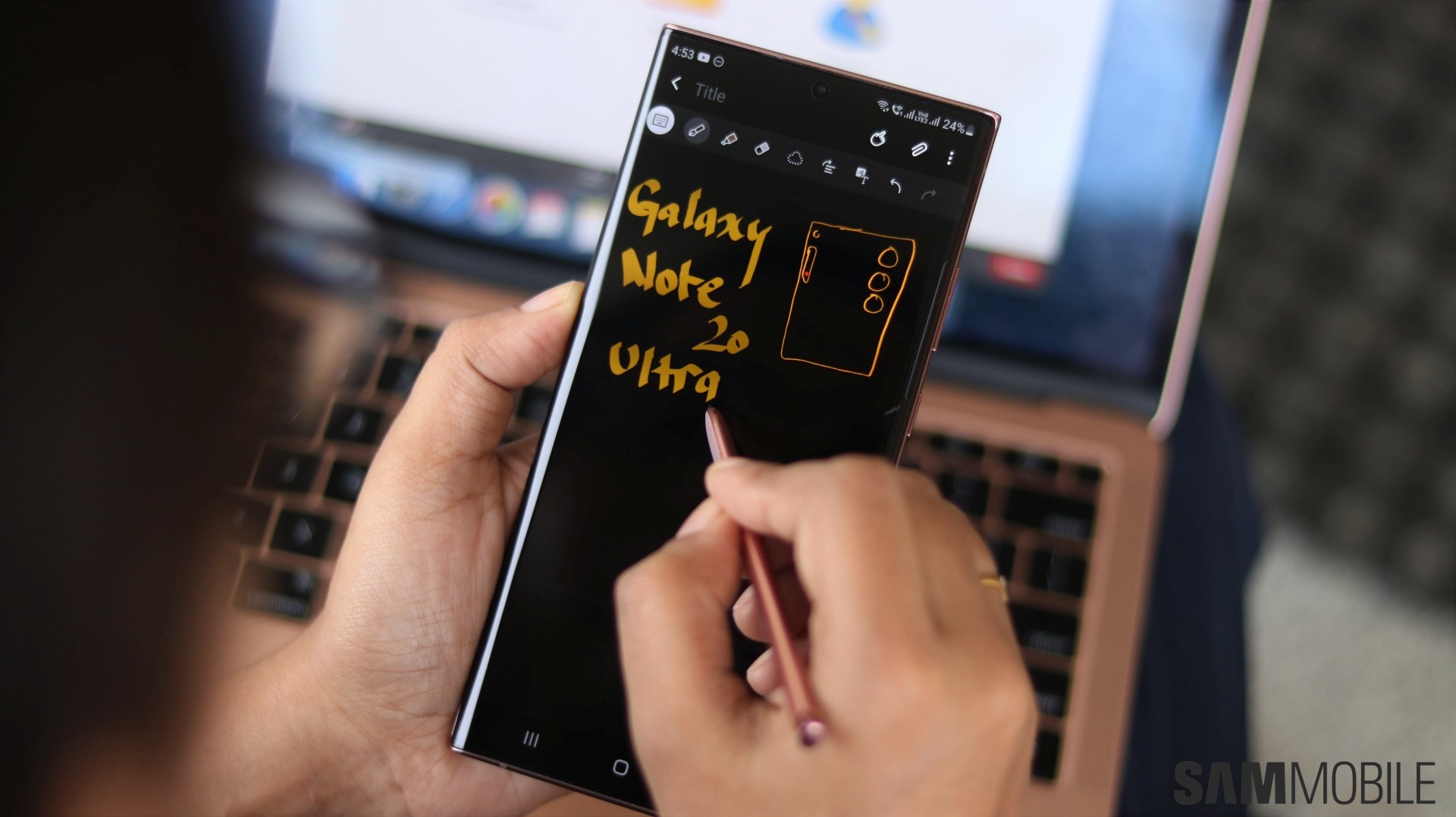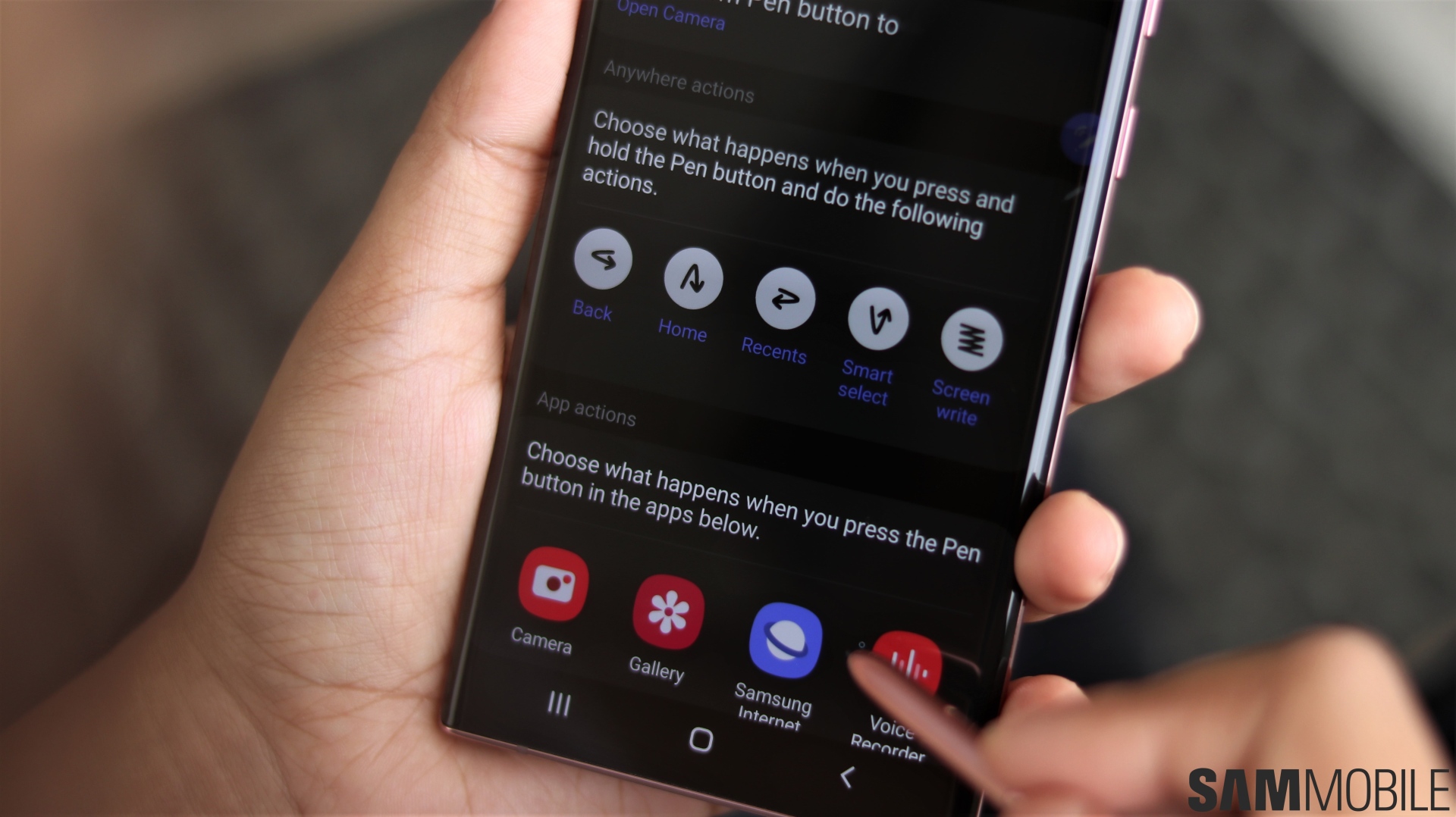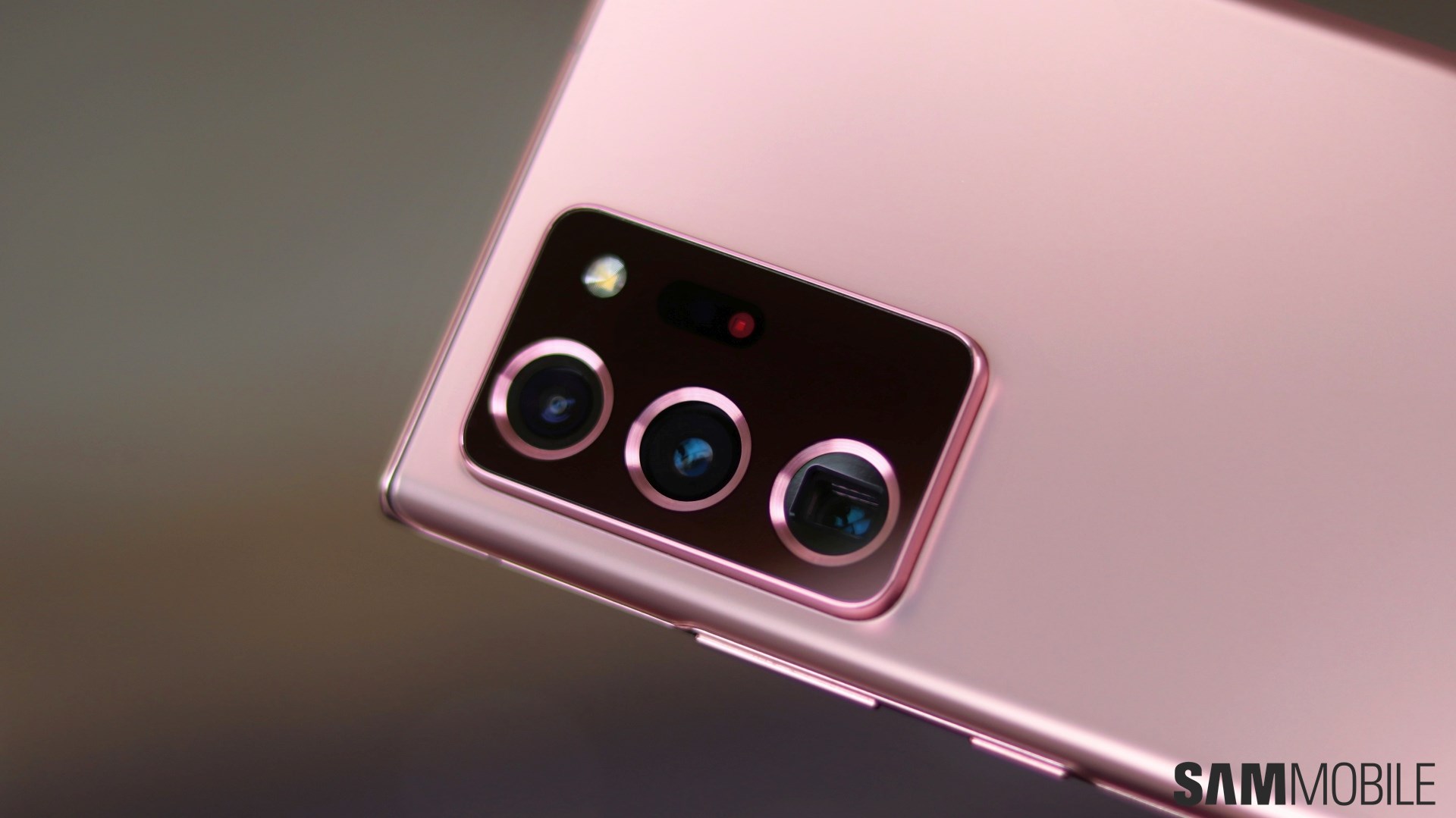The Galaxy S20 Ultra is a perfect example of when a phone goes so overboard with its specs that it ends up being too good for many customers. With features like a 5,000 mAh battery, up to 16GB of RAM, and 100x Space Zoom, the S20 Ultra was a show of force from Samsung, with a spec sheet that is befitting of a phone that has the word Ultra in its name.
Initial rumors of the Galaxy Note 20 lineup sowed some confusion as to whether Samsung would call the higher-end model Galaxy Note 20+ or Galaxy Note 20 Ultra, and while the company ended up using the latter, the Note 20 Ultra is not exactly a specs monster. It has a 4,500 mAh battery with only 25W super fast charging support, 50x zoom instead of 100x, and 8GB of RAM on the LTE model and a maximum of 12GB RAM on the 5G model, making it much less of an upgrade over last year’s Galaxy Note 10+ when compared to how much the Galaxy S20 Ultra offers over the Galaxy S10+.
Galaxy Note 20 Ultra design
The Galaxy Note 20 Ultra, in the new Mystic Bronze shade, is absolutely gorgeous, as I’ve said before. The matte finish makes the phone feel a lot more premium, gives it an understated yet elegant look, and manages to hide finger smudges. The colored circles around the camera sensors are also a neat touch. However, as far as practicality is concerned, Samsung has messed up big time.
The Galaxy Note 20 Ultra is very sleek, so its camera housing – which was already big on the Galaxy S20 Ultra — is massive, and that’s a problem. First of all, the camera bump takes all the impact when you keep the phone down on a hard surface. The Galaxy S20 Ultra’s camera glass had a tendency to break for no reason, something Samsung didn’t cover under warranty, and it has now made it even easier for you to crack open the camera’s glass covering.
 With the Note 10 and Note 10+, Samsung dropped the ball when it decided to shift the volume and power buttons to the left side of the phone, but it has reversed that decision for the Note 20 and Note 20 Ultra. However, the S Pen is now on the left side of the phone, which may take some getting used to for long-time Note users. It didn’t bother me too much, but I’m not exactly what you would call a heavy S Pen user, so your experience may vary. Still, I think I can say with confidence that you won’t find it to be an issue after the first few days.
With the Note 10 and Note 10+, Samsung dropped the ball when it decided to shift the volume and power buttons to the left side of the phone, but it has reversed that decision for the Note 20 and Note 20 Ultra. However, the S Pen is now on the left side of the phone, which may take some getting used to for long-time Note users. It didn’t bother me too much, but I’m not exactly what you would call a heavy S Pen user, so your experience may vary. Still, I think I can say with confidence that you won’t find it to be an issue after the first few days.
Galaxy Note 20 Ultra display
That’s not all: The Galaxy Note 20 Ultra display has a variable refresh rate, a first for Samsung’s phones. The display can switch between 10Hz, 30Hz, 60Hz, and 120Hz based on the content to save power when the maximum refresh rate isn’t necessary, like when you’re viewing an image in the gallery. Don’t worry: When you scroll to another image, the transition will happen at 120Hz, but the refresh rate will go down to a lower value when the image is sitting static on the screen.
As you would expect, the display is also fantastic in general. It’s big and beautiful and is actually a little brighter than the S20 Ultra’s display, which was the brightest on any smartphone just six months ago. What I don’t like are the curves, which combine with the thin body and slim bezels to make accidental touches a major issue. For example, very often my palm would hit the enter key when swiping to type on the on-screen keyboard with one hand. It got frustrating after a point, and I really hope Samsung can improve the palm rejection with a firmware update.
The Galaxy Note 20 Ultra has an S Pen with a 9ms latency, as low as the Apple Pencil. On paper, the ultra-low latency is an 80% improvement over the latency of the Galaxy Note 10’s S Pen, but in practice, it’s not a whole lot better. There’s less resistance between the screen and the S Pen tip, and every line you draw and every word you write flows smoothly and shows up on-screen at almost exactly the moment the stylus touches the display, giving it a more pen-to-paper feel, but you have to be using the display at 120Hz refresh rate.
At 60Hz, writing and drawing doesn’t feel nearly as smooth and quick, so the 120Hz refresh rate must be enabled if you’re looking at the Note 20 Ultra for the lower latency S Pen. The higher refresh rate is more or less the primary way Samsung has reduced the stylus’ latency, which is why the regular Note 20’s stylus has a 26ms latency, or merely a 40% improvement over the Note 10’s S Pen. In fact, my wife, who is an avid S Pen user and regularly makes complex drawings on her Note 10 Lite, says that the two-year-old Note 9’s S Pen feels as smooth and quick on the Note 20 Ultra’s screen, driving home the point that the refresh rate is what really matters.
Last year, Samsung introduced Air Actions to the S Pen. Air Actions are gestures you perform by waving the stylus around like a wand without touching the screen to perform actions inside apps. On the Note 10 and Note 10+, Air Actions work only in supported apps. On the Note 20 and Note 20 Ultra, Samsung has improved the feature by adding Anywhere Actions, which are gestures that work no matter which app you might be using. There are five Anywhere Actions, and by default, they let you go back, go to the home screen, open the recent apps screen, and use the Screen Write and Smart Select screenshot tools respectively.
However, you can modify these gestures to do something else, like opening an app or starting up one of the many S Pen features, like Translate, Glance, Live Messages, and even Create note, which will take you directly to the note-taking screen. It takes time getting used to these new gestures, but they should become second nature after a point. That’s provided you will even use these gestures all that often. If you use the S Pen instead of your finger for regular non-note-taking and non-drawing use, the Anywhere Actions will probably come in handy. For anyone else, they will be forgotten before long, just like the Air Actions available on last year’s Notes.
Naturally, the Galaxy Note 20 Ultra S Pen has Bluetooth built-in and can be used to remotely capture selfies, open apps, or control presentations by single-pressing, double-pressing, and holding down the stylus button. You can even press and hold the button and double tap anywhere on the screen to immediately start taking notes (this works anywhere on the phone). However, it seems the advanced pointer functionality that was shown in leaked videos didn’t make the cut into the final software, as the feature does not exist on any of our review units despite all of them having received at least one over-the-air update.
Galaxy Note 20 Ultra cameras
The Galaxy Note 20 Ultra marks a major paradigm shift for the camera experience on Note flagships, just like the Galaxy S20 Ultra did earlier this year for Samsung’s premier flagship lineup. It gets Samsung’s new 108MP sensor as its main camera, but it also has a laser sensor for getting around the autofocus issues that plague the Galaxy S20 Ultra and make it a disappointment as a $1400 phone. I’m sure you’re wondering whether the laser sensor actually works, and I’m pleased to say that it does. For the most part.
The Note 20 Ultra doesn’t have that issue. You will rarely see it hunting for focus, even in ultra-low-light situations. However, it still does sometimes lose focus altogether when you tap the screen to manually focus on a specific part of the scene, especially when you’re shooting something up close. It doesn’t happen regularly, but I did experience it a couple of times in a week of using the phone, so the laser sensor doesn’t fix the Galaxy S20 Ultra’s autofocus issues entirely. But, again, the Note 20 Ultra’s autofocus is much, much better and will give you little cause for complaint.
As for the quality of pictures you get with the 108MP camera, it’s pretty great. You get excellent detail, good dynamic range, and usually perfect — but sometimes overblown — colors. At night, there’s very little noise even in auto mode and slightly more detail than what the S20 Ultra manages, and with Night mode you can further improve detail and brighten up dark areas of the scene. The camera takes 12MP pictures by default, but when the occasion calls for it, it will suggest switching to 108MP mode to capture more detail. 108MP pictures let you zoom in a lot further, but since this isn’t a DSLR, don’t expect to be blown away by the high-res 108 megapixel shots.
The Galaxy Note 20 Ultra has a 12MP periscope lens capable of 5x optical zoom and up to 50x hybrid zoom. The 12MP sensor is a step down from the 48MP sensor on the Galaxy S20 Ultra, which is why you can only zoom in till 50x. However, in the real world, that’s more than enough. In daylight, the zoom camera works brilliantly till 10x and well enough till 20x, while 50x photos are usually quite blurry. In well lit environments at night, you get good results till 10x.
Another thing I didn’t like is that the Note 20 Ultra uses the 108MP camera for 4x shots and only switches to the zoom lens at 5x and above. On the S20 Ultra, optical zoom is available from 4x magnification. 3x photos from the 108MP camera look fine, but at 4x there’s considerable degradation in detail, often rendering the shot useless. And, at night, the camera sometimes sticks to the 108MP sensor for even 5x zoom, despite the Note 20 Ultra’s periscope lens having a slightly wider aperture of F3.0 (versus F3.5 on the S20 Ultra). This is likely another software issue that Samsung can fix with updates, but I’m disappointed that this is even a problem out of the box.

